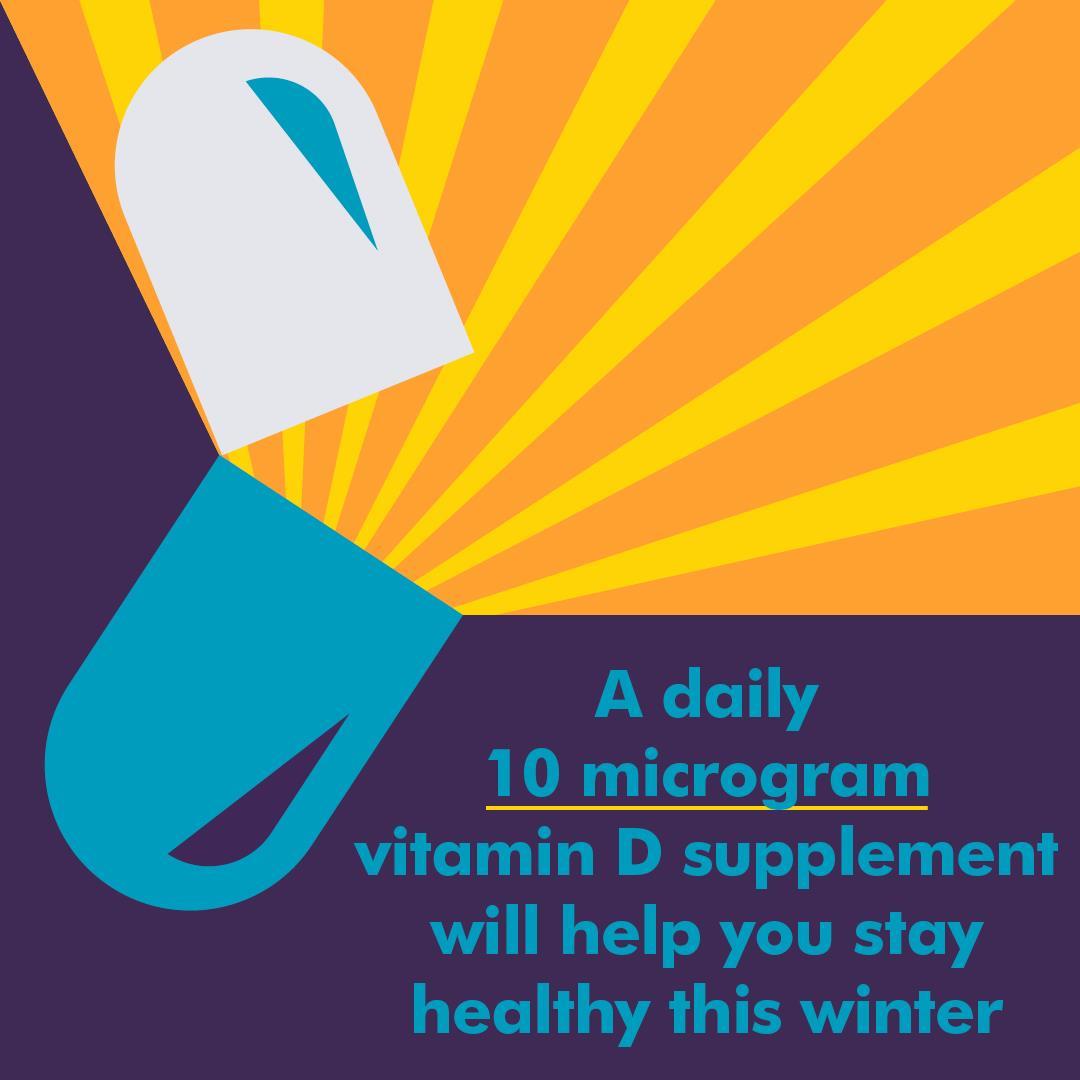This weekend the clocks go back an hour – marking the start of the colder, darker months. And that means it’s time to make sure we are ready to top up our vitamin D levels.
Vitamin D helps us regulate the amount of calcium and phosphate in the body – the nutrients needed to keep bones and muscles healthy.
Getting vitamin D in winter
Our main source of vitamin D is the sun – but in winter in Scotland, it’s hard to get enough of it, explains Alana McDonald, Senior Public Health Nutrition Advisor at Food Standards Scotland.
“We only get enough of the right kind of sunlight for our bodies to make vitamin D between April and September, meaning for roughly half the year it is not possible for our bodies to make vitamin D from sunlight.
Vitamin D in food
“It’s also difficult to get enough vitamin D from food, as it is only found in small amounts in some foods – so we are encouraging everyone to take a daily supplement containing 10 micrograms of vitamin D, particularly between October and March, to help maintain our levels.”
A lack of vitamin D in adults can lead to bone pain caused by a condition called osteomalacia, or softening of the bones. In extreme cases, and thankfully now rare, children are also at risk of developing rickets, which can also lead to bone pain and bone deformities.

Vitamin D for children in winter
Infants and children under five years, people who have low or no exposure to the sun, and those from minority ethnic groups with dark skin are also at higher risk of vitamin D deficiency, and should take a daily supplement all year round.
“Anyone can buy vitamin D supplements or vitamin drops containing vitamin D (for under 5s) over the counter at most pharmacies and supermarkets,” adds Alana.
“It’s a simple, easy, scientifically proven, and relatively cheap way to maintain our vitamin D levels.”
To find out more about vitamin D, visit the Food Standards Scotland website.









